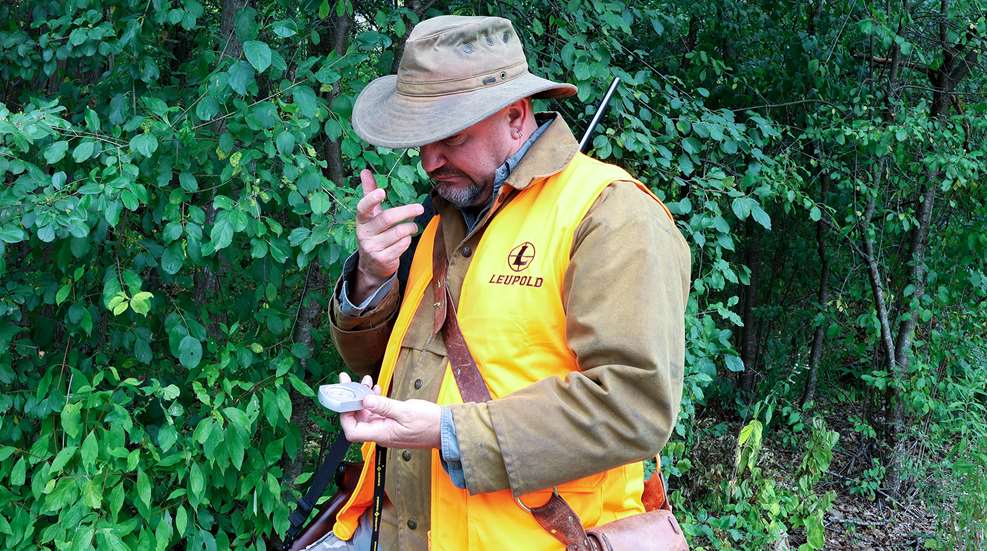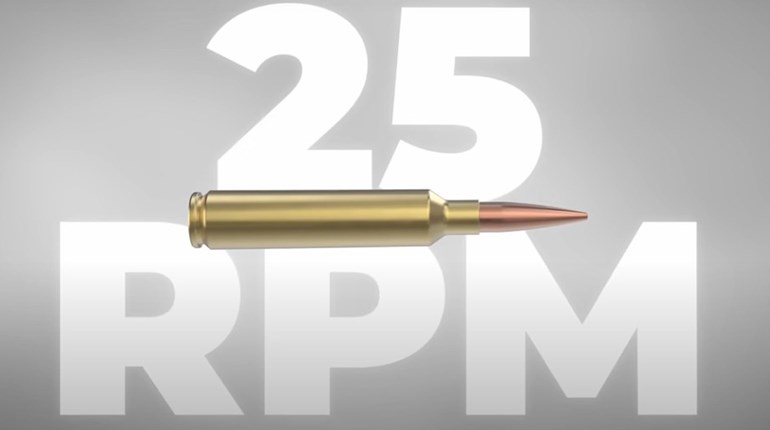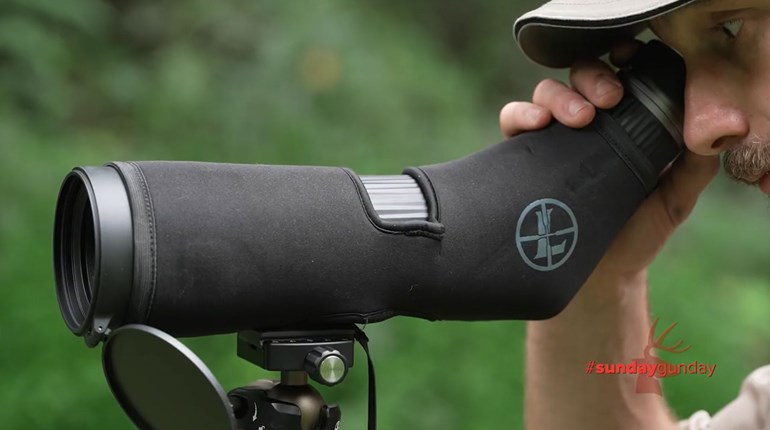
We have, as a society, inarguably become dependent on electronic devices for many aspects of our lives. This fact has become evident among hunters as well, as the use of a smartphone to determine property boundaries, as well as your current location, is common. “Drop a pin here on this scrape” is a phrase our forefathers wouldn’t have uttered, nor understood. And while I will be the first to admit that the convenience and effectiveness of a GPS and of the modern apps on your phone are undeniable, sometimes these handy devices can be rendered unusable.
Whether it be the lack of connectivity, or the dreaded dead battery, things can get hairy when the electronics aren’t working, and you are deep in the unknown. I’ve been in places in the Adirondack Mountains, where the canopy was so heavy in that arboreal forest that no signal was to be had for love nor money, and neither the GPS or the phone was of any use. There are means, if seemingly archaic, which might save your bacon should you get lost and need to make your way back to safety.
The idea for this article started while on a hunt in southwest Texas, where my highly seasoned guide asked me for the time, while we were 800 feet up a very steep slope while recovering an aoudad ram. Slightly puzzled, I asked if he didn’t wear a watch. “I just use the phone, but I left it in the truck.” “But,” I insisted, “your watch is a compass.” He was puzzled initially, but when I explained how, his eyes widened, and he understood. Let’s take a look at some simple means of finding direction, and a means back to civilization, even if they are only used as a backup to the electronic devices.

A Compass
I’m sure the image of a deer hunter, clad in red and black plaid, with a little round ball compass pinned to his breast isn’t unfamiliar. The beauty of a compass is that magnetism never wears out. A magnetic compass’s needle points north (generally) due to the earth’s magnetic fields. True (or astronomical) north roughly aligns with the elliptical orbit of the star Polaris, though the magnetic north varies; in my part of New York the variation is about 13 degrees. As a Land Surveyor, the minutiae is very important; as hunters, it won’t matter, as we are just trying to get to safety, not navigate the oceans. One of the best features of a compass is that it requires no power to work, whether day or night, and while a magnetic compass can be affected by local conditions—iron deposits in the rock, electrical power lines, and others—it is reliable. Using a compass regularly in my line of work, I've learned that the compass doesn’t lie. “Just because you’re lost doesn’t mean your compass is wrong,” is a proverb among those who spend time in remote areas. And if you know the direction is which safety lies, your compass will take you there. That brings us to the second tip … .

A Map, in Hard Copy
Hunting apps for your phone are usually good enough to keep you from trespassing, but what happens when the battery runs out? Printing a topographic map and keeping a hard copy on your person is a sound idea, especially for hunting in rough terrain. If it is a simple process of knowing that the road you’re parked on runs north-south and you’re hunting the west side of that road, a compass pointing due east will get you back to that road, but if you need to follow a stream, or use triangulation to ascertain your position and find the easiest route out of trouble, a hard copy of a map is invaluable. A 7 ½-minute USGS (United States Geological Survey) topographic map or two should usually cover your hunting area unless you’re on a serious trek, and they can fold up and store in a dry pocket very easily. Most are available digitally, and can be printed at home, or can be ordered from the USGS, and will show many physical features which can be used, in conjunction with a good compass, to get you to safety. Learn how to read the contour lines on those topo maps—there are many videos which give basic instruction—so you can tell hill from valley and ridge from drainage. Trust me on this, a map can be one of the most comforting pieces of gear in your pack.

Your Wristwatch
Back to that conversation in Texas, your analog watch—one with a round face and two hands—can help determine general bearings. You’ll need to able to see the sun in order to use this trick, and it has gotten me out of trouble more than once while hunting and surveying in remote areas. In the northern hemisphere, the sun is always in the southern sky, travelling from east to west throughout the day. Using the dial on your watch, simply point the hour of the day at the sun, and halfway between the hour and the 12 o’clock position on your watch face is due south, or close enough to walk you back to safety. For example, if you find that wounded buck at 4:00 p.m., and need to hike back to the truck from an unknown point, point the 4 on the dial at the sun, and the halfway point to 12:00 (in this case 2:00) will be due south. This should orient you well enough to follow the general direction back to a road, your vehicle, etc. Practice this in known situations, and you’ll be looking at your watch with confidence. It does, however, require a clear vision of the sun.

Using the Stars
In the dark, it often seems that everything changes. However, the stars themselves can be an invaluable navigational aid. Sailors have used the stars for millennia to guide their ship to the proper destination, and with the use of a few simple constellations, you can too. Polaris, known as the North Star, is at the tail of Ursa Minor (the Little Dipper), and can be found by extending the far edge of the Big Dipper, and the mid peak of the “W” formed by the constellation Cassiopeia. Both are easily seen by most of North America, and are rather recognizable. Find a good view of the night sky, and maybe use one of the astronomy apps a few times to clearly identify both the constellations and Polaris before heading to the wilds. Those in the Southern Hemisphere will need to identify the Southern Cross, but be aware that there is a “false cross” as well, so be sure to know the difference. The Southern Cross itself only points to south, and is sometimes found to be on its side, so it’s a bit trickier that locating Polaris. Like using the sun, a clear view of the sky is necessary, but this knowledge is better than nothing in a sticky situation. One anecdote regarding the stars: My pal Chris Sells and I were on a buffalo hunt in Northern Australia with PH Graham Williams. Chris clapped a great buffalo a bit before dark, in a remote corner of the million-acre concession. We got the bull loaded, heading back toward the two track near the river, when disaster struck: not just a flat tire, but a ruined tire. By the time it was changed, it was pitch black, but Graham knew we had to drive north-northwest to hit the river and get home. I stepped far enough away from the vehicle to avoid any magnetic interference, and used my compass to find the proper bearing. Being in a strange land, I picked out a unique star formation, and riding shotgun with Graham, I helped him navigate beck to the river, arriving back at camp some three hours later.
So practice with your compass, get your hands on copies of the necessary maps (laminated copies make me happiest), and get used to establishing direction using the sun and stars. These simple little tricks might save your bacon one day.



































